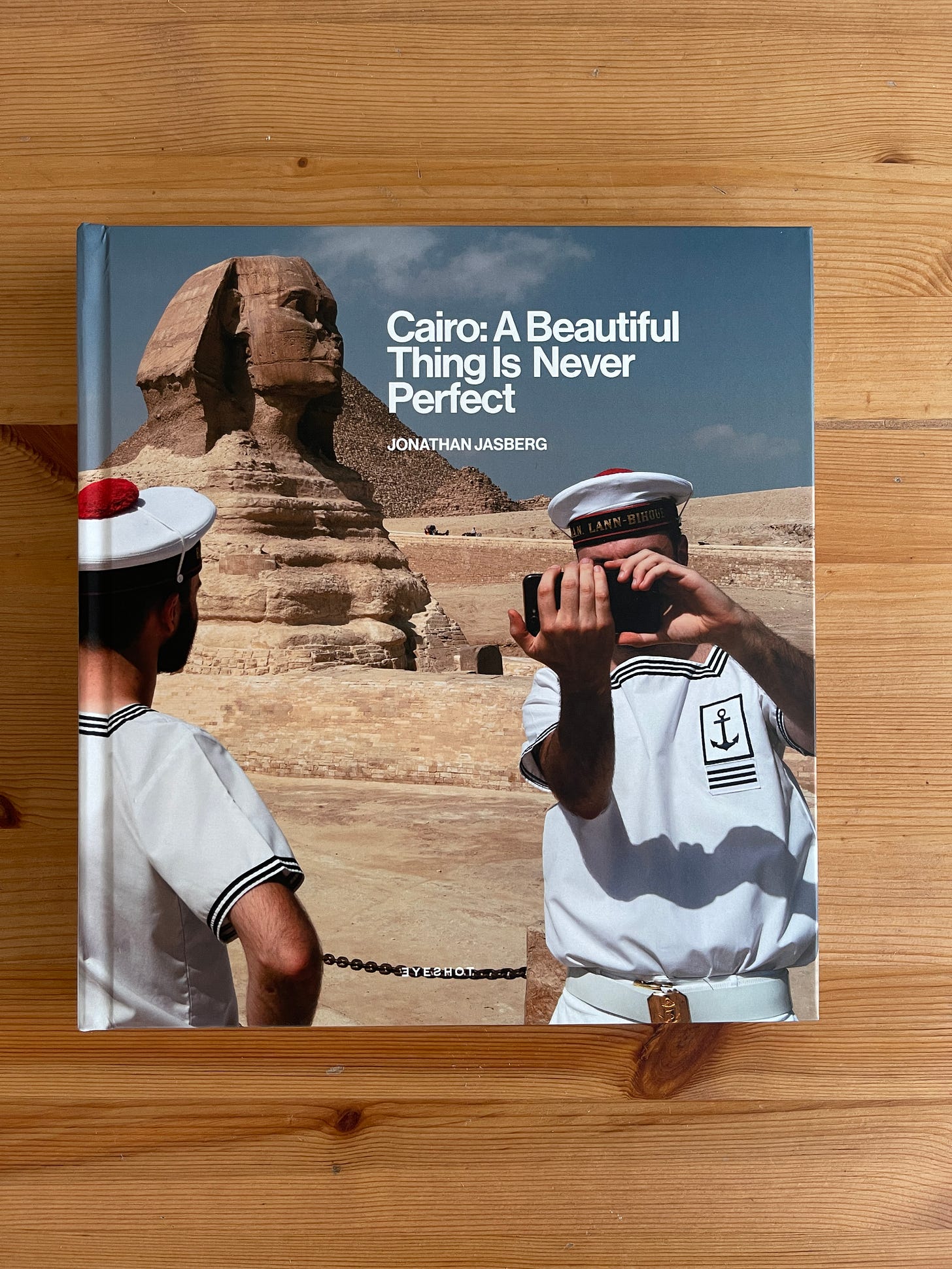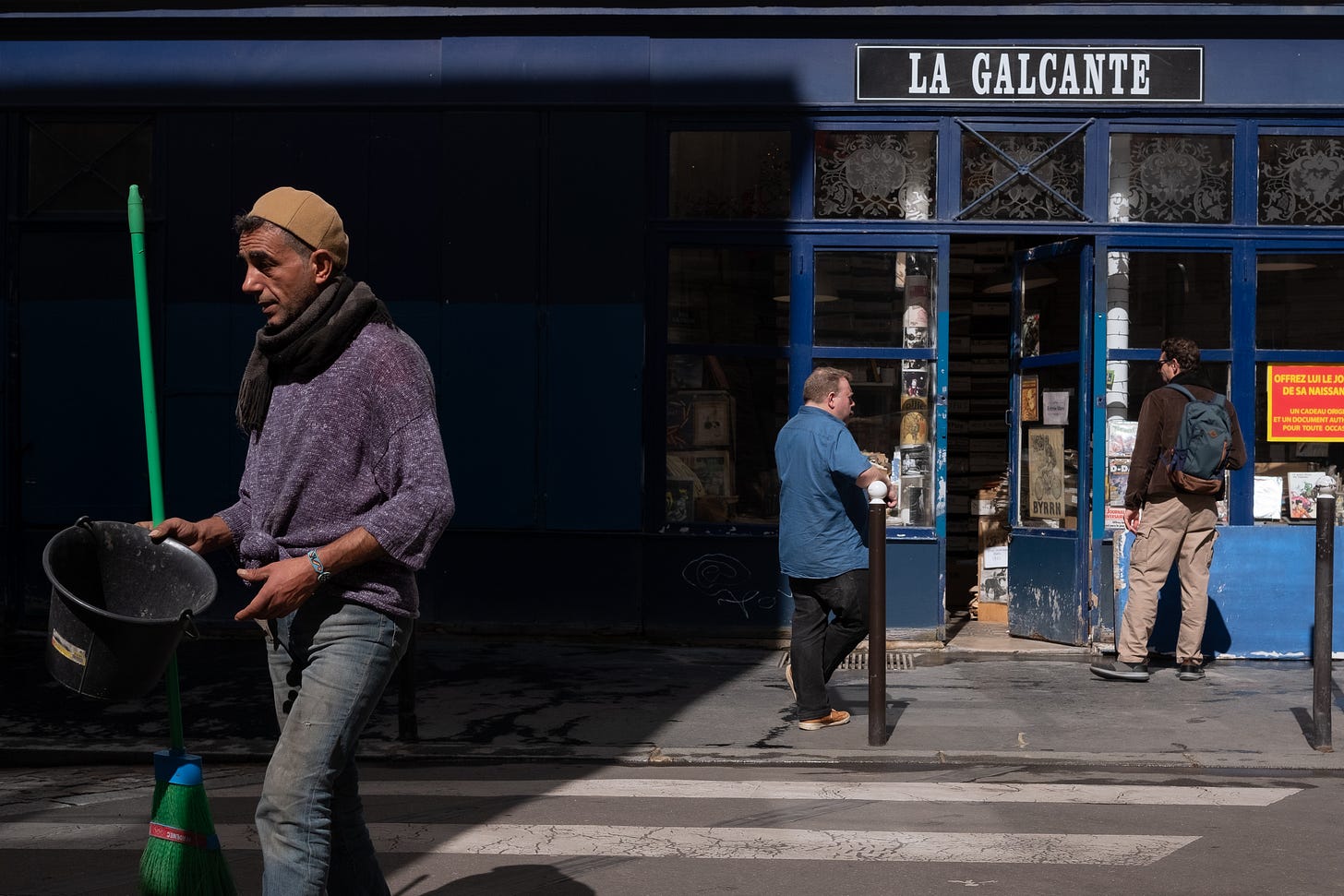Practice the fundamentals: on layering and Jonathan Jasperg
Click for magnificent photos of Cairo
Onions have layers. Ogres have layers... You get it? We both have layers.
- Shrek
This post is part of the Practice the Fundamentals series. This series started with a simple idea: create an approach to practice photography that improves specific skills. These skills are focused on the artistic side of photography rather than technical and gear issues. If you missed it, this post explains it in more detail and how it’s inspired by musicians.
As usual, this is the recipe:
Define the technique
Find inspiration from someone who does it well (in photography or other visual arts)
Apply it
Define the technique: layering
Layering is the use of multiple visual layers in a single image. It helps give the impression of 3 dimensions on a flat medium by having subjects in the foreground, middle ground and background. Images can be layered horizontally or vertically.
Find inspiration: Cairo like never before
I am not an impulse buyer, but when I stumbled on a photography book documenting the streets of Cairo, I had to have it. Jonathan Jasberg’s monograph, Cairo: A Beautiful Thing is Never Perfect, is captivating. I may have a small bias, being from Cairo, but that also puts me in a unique position to appreciate the authenticity captured by Jonathan. Every photo in this book shows a complex scene with many layers: there’s a lot happening without it being a mess. The scenes are balanced and use space intentionally.
There’s rarely only one thing going on in Jonathan’s photos. The longer you look at a photo, the more you notice. It’s as if there are many parallel stories in each photograph, and all of them come together beautifully to create a wider story.
Each character in this shot could have created an individual scene on their own. But that’s too straightforward for Jonathan’s layering style. Each person is creating a visual pocket to look at, the different shades of blue on the walls blend together and match the jeans and writing on the left side, the gentleman on the right is looking at the person bringing him tea with gentle loving eyes.
Speaking of tea, Jonathan captures some typical scenes of the national sports: drinking tea at the cafe. He even manages to get something interesting happening on the TV screen.
At the camel market, things are picking up. These rounded windows give me the impression that I am looking at movie scenes unfolding. The gentleman on the left looks like he’s taking a break in the shade from his day of haggling, the two others in the right side window are perfectly framed by the camels on either side. Inside the small house, the play of light and shadow and shape of the windows tie everything together.
Flipping through this book is an inspiration to try to capture more complex scenes, which is a style of photography I don’t usually do. On the contrary, I often like solitary characters and can avoid taking photos if I find the scene too complex.
Like Cairo, how do we find a balance between messy and organized chaos?
Apply it: Sean Tucker explains
Sean Tucker has a great YouTube video explaining his approach to layers in photography that I found helpful in trying this out. He breaks things down into several types of layers, each with a particular function:
Aesthetic layer
Subject layer
Moment layer
Alchemy layer
Aesthetic layer
It’s something that catches your attention, and can serve as a base layer to build around. It can be a play of light and shadows, an interesting composition, color combinations you like…
In the photo below, the blue walls and the shadows is what initially caught my attention.
Subject layer
Someone or something that you want to show in your image. Sean distinguishes hunter photographers who will look for a subject layer first and build around that, versus fisher photographers who will find an aesthetic layer first and wait for subject to walk in the scene.
In this photo, my aesthetic layer was already set, and I waited for subjects to appear in my scene: the man in blue is the shop keeper who went outside for a minute while the other person looks at the shop window.
Moment layer
The moment layer adds some action to the shot. I felt like the left side of the image was missing something when this last person appeared in my frame. He also creates some depth since he is closer to me than the two others.
Alchemy layer
Alchemy brings all the layers together. It’s the rug that ties the room together, dude.
I don’t know if it exists in my example photo, or if I am able to identify it, but I prefer the layered one to the one below that I took in front of the same shop.
Which one do you prefer?
You're so wrapped up in layers onion boy, you're afraid of your own feelings!
- Donkey (Shrek)
Thanks for reading, hope you enjoyed the Shrek quotes!













So great and beautiful!!
This is great Yousseff, and thank you for turning me on to Jasperg.